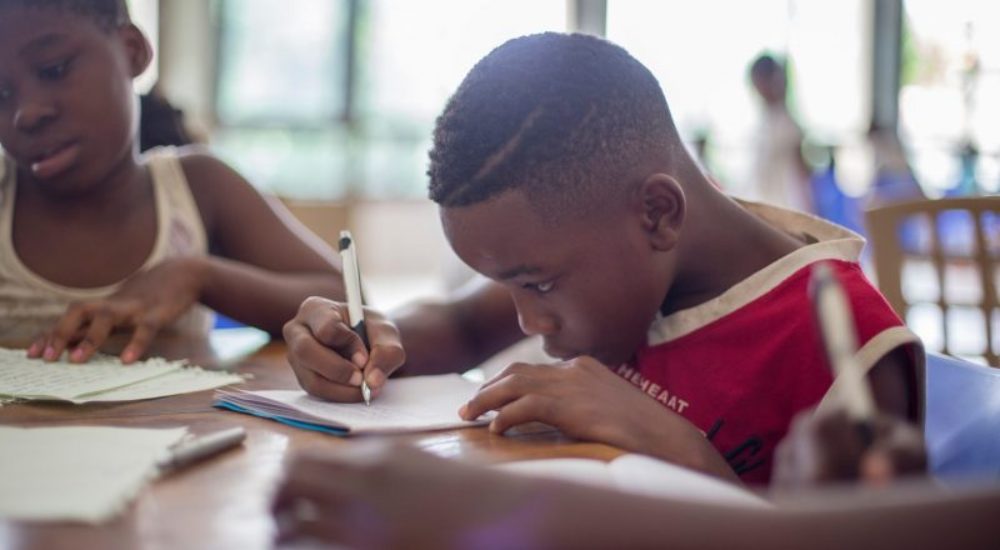 The foundation of learning happens in spaces where youth feel safe, seen, and respected. Unfortunately, all learning environments are not developed with this in mind. The structural evolution of today’s K-12 classrooms has made little progress over the years.
The foundation of learning happens in spaces where youth feel safe, seen, and respected. Unfortunately, all learning environments are not developed with this in mind. The structural evolution of today’s K-12 classrooms has made little progress over the years.
As youth practitioners and educators, we have the opportunity every day to support a more equitable learning environment by laying the groundwork, before youth enter our doors. It is an incredible responsibility for one person. Therefore, working to shift the traditional power dynamic between adults and youth could provide more youth agency and overall confidence. The redistribution of power is one of many ways where barriers can be lifted to support more learning. It is also guided by our everyday interactions, words, ideas, and thoughts toward our youth and their families.
RETHINKING POWER:
Being first aware of the power we have within learning environments could allow us to have the capacity to share it. Sharing power is empowering by the recipient because it communicates trust and ownership of the work. By reshaping the way we uplift our youths’ voices and individual expertise, we place them at the center of their own learning journey–while building upon their own investment to it. Youth-centered learning approaches seek to cultivate a culture of collaboration and trust.
LEARNING SPACE – SETTING:
As we discussed earlier, everyday interactions from the words we say to the attitudes we display toward youth help to shape their learning environments. Creating more flexible learning environments where youth are at the forefront of their education is critical for a number of reasons.
Youth who see themselves engaging in their experiences, strengthen their leadership.
Design of space can be either inclusionary or exclusionary by the way the setting is curated. For example, sharing power with youth may feel more equal when youth are positioned to engage with their peers and their teacher. An imbalance can be felt in more traditional classroom designs, which have youth positioned to face only the teacher or their adult facilitator. It indirectly communicates that a single person’s ideas and thoughts are more valued.
SHARED MANAGEMENT:
Involving youth in the development of social contracts or behavioral norms is important. This would mean that they would assist in drafting policies to manage behavior and each other alongside the teacher. By working with youth to contribute and create a safer space for themselves, we begin to reinforce positive discipline strategies that would also support in their youth and adult development. As youth practitioners, we would also be reinforcing shared accountability.
For breakfast, I had avocado toast and tea.
Author: @ebokosia
